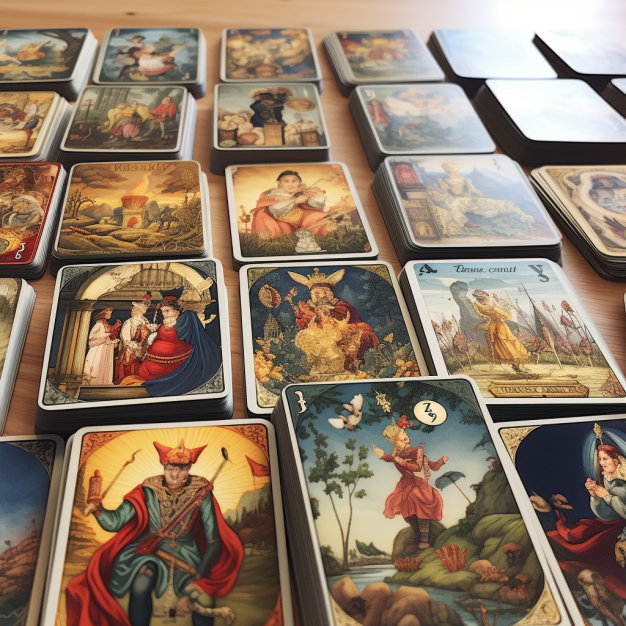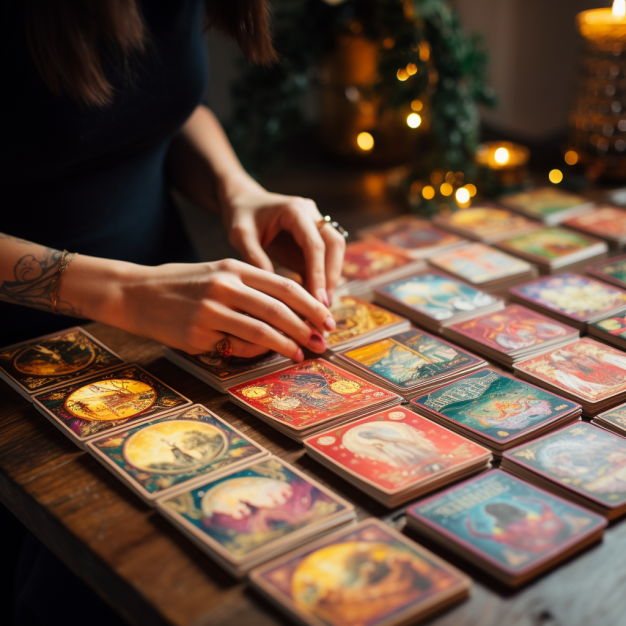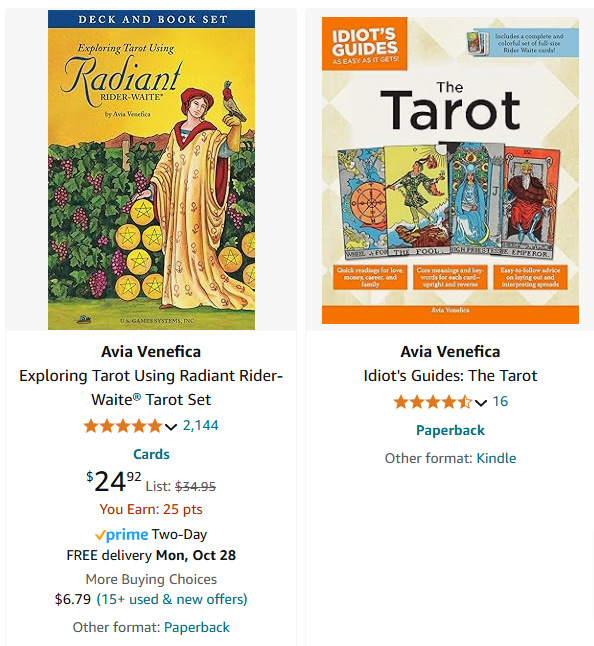Tarot cards have fascinated people for hundreds of years. They’ve been used for everything from predicting the future to seeking spiritual guidance. Many individuals use them for personal insight, while others use them professionally to help clients navigate life’s complexities. Yet, reading tarot cards is an art that requires understanding, intuition, and a strong grasp of symbolism.
In this guide, we’ll walk you through the best step-by-step tips for reading tarot cards, from understanding their structure to laying out spreads for interpretation.
Table of Contents
1. Understanding the Deck

A standard tarot deck comes with 78 cards. These 78 cards are divided into two main categories. The first category is the Major Arcana, and the second is the Minor Arcana.
Let’s talk about the Major Arcana first. This group has 22 cards in it. These 22 cards are essential because they talk about big events in your life and lessons for your spirit.
On the other hand, the Minor Arcana has more cards—56 to be exact. These cards deal with everyday stuff in life, like work and relationships. So, they’re also crucial but in a more down-to-earth way.
Each card in the tarot deck has unique meanings and symbols. These unique elements help the cards connect to different aspects of your life or questions you might have.
If you want to understand what the cards are trying to tell you, you’ve got to get to know them well. Take your time, study each card, and don’t rush through it.
2. Setting the Intention

Before diving into a reading, it’s crucial to set an intention. If you’re looking for advice on a particular subject, like a relationship or career move, you will concentrate on that topic when shuffling and drawing the cards. This approach can provide more detailed insights tailored to your current situation.
Alternatively, if you’re seeking general insights about your life or your path, you might not have a specific question in mind. In this case, the cards can offer a broader perspective, shedding light on various aspects of your life.
Clearly express your question or focus. This helps you connect better with the cards, ensuring a more accurate reading. It also guides your choice of tarot spread, which we’ll discuss later. So, take a moment to clear your mind and center your thoughts.
3. Choosing a Spread

A spread is the layout in which you place the cards. Various layouts work best for queries, typically symbolizing the past, present, and future. But what to choose to improve the accuracy of your insights?
A simple 3 card tarot spread is excellent for beginners. More complex spreads, like the Celtic Cross, offer a detailed analysis but are better suited for experienced readers.
The spread sets the framework for interpreting the cards in relation to one another, offering a nuanced reading. All you need to do is pick a spread that resonates with your questions.
4. Shuffling and Drawing the Cards

The next step involves shuffling the cards. It’s not just a random act; it’s an integral part of the tarot reading process. Shuffling mixes up the cards, aligning them with your energy and intention.
After shuffling, draw the cards one at a time, placing them in the layout of your chosen spread. Always handle the cards with reverence. Think of this step as a sacred act – a dialogue between you and the universe.
5. Interpreting the Cards

The moment of truth – interpreting the cards. Every tarot card in the deck deck can be read in different ways. It has meanings for both its upright and reversed positions. The context provided by adjacent cards in the layout can also affect the meaning of a specific card.
Start by looking at each card individually, noting its symbolism and intuitive messages. Next, examine the relationships between the cards. Patterns may emerge, and themes will become apparent. This part of the process is where your intuition and knowledge combine to provide insights.
If you’re unsure about a card, refer to a guidebook or your notes. Over time, your confidence and skill will grow.
6. Trusting Your Intuition

Reading tarot cards is not solely about memorization or rigid rules. It’s also an intuitive practice that taps into your subconscious mind.
Trusting your intuition is vital. That inner voice or gut feeling nudges you toward a specific interpretation.
Your intuition adds a personal touch to the reading, making it uniquely valuable. Always trust your intuition, even if it goes against the conventional interpretation of a card.
7. Journaling Your Reading

To improve your tarot reading skills, keep a journal. After each reading, jot down the cards you drew, the spread you used, and your interpretations.
Journaling helps solidify your learning and provides a record of your journey with tarot. It’s an excellent tool for both reflection and growth.
Conclusion
Reading tarot cards is a rich and rewarding experience offering more than foresight or advice. It’s a spiritual practice that provides a window into the soul, offering insights into life’s most pressing questions. As you spend time with your deck, practice different spreads, and trust your intuition, you’ll find that the cards have much wisdom to share. Ultimately, your tarot journey will teach you a lot about your life.
Mighty brightly,

© Copyrighted. All rights reserved.


